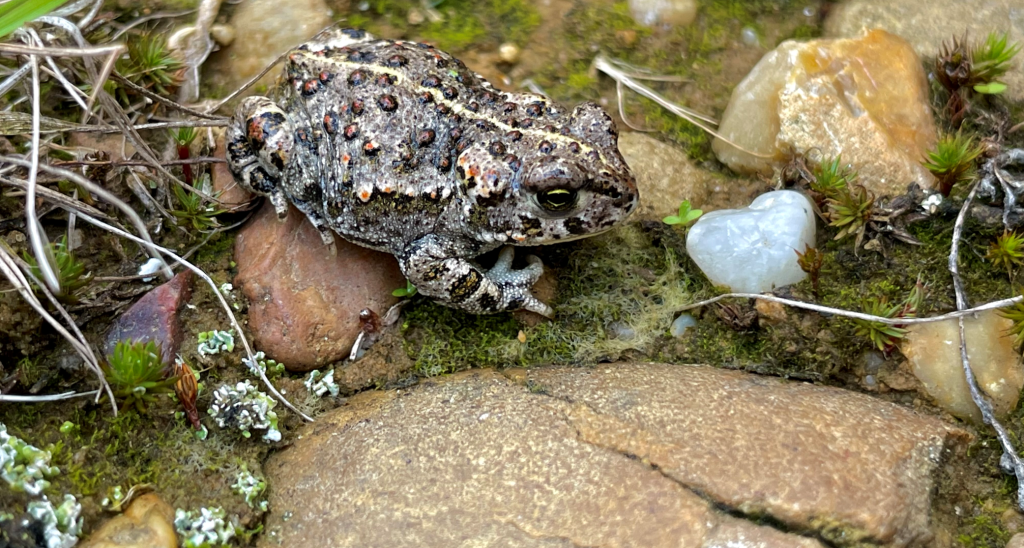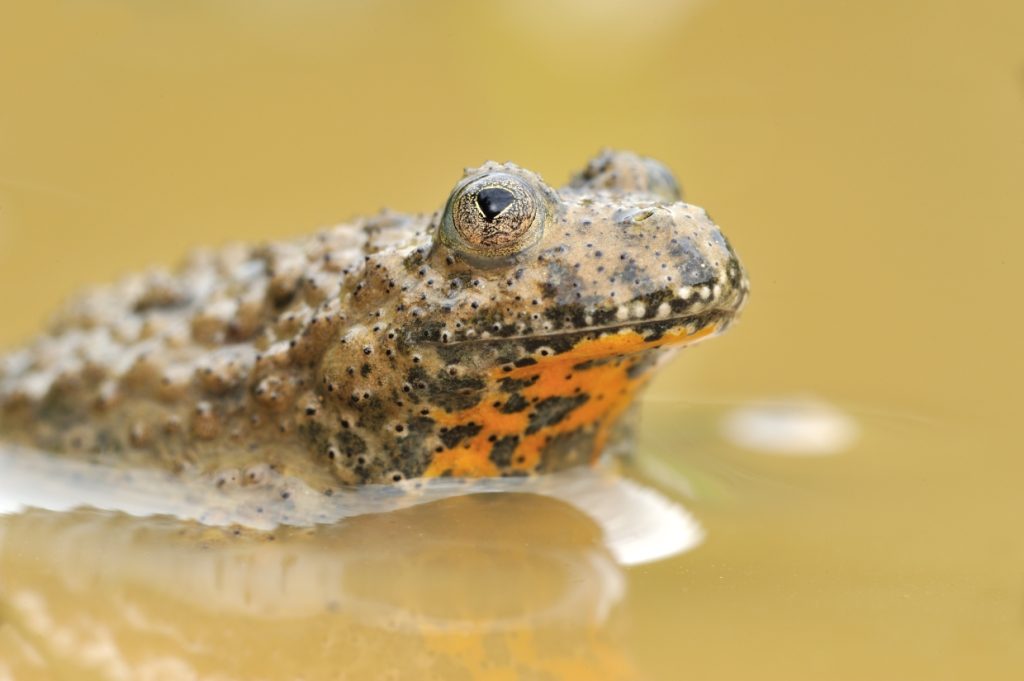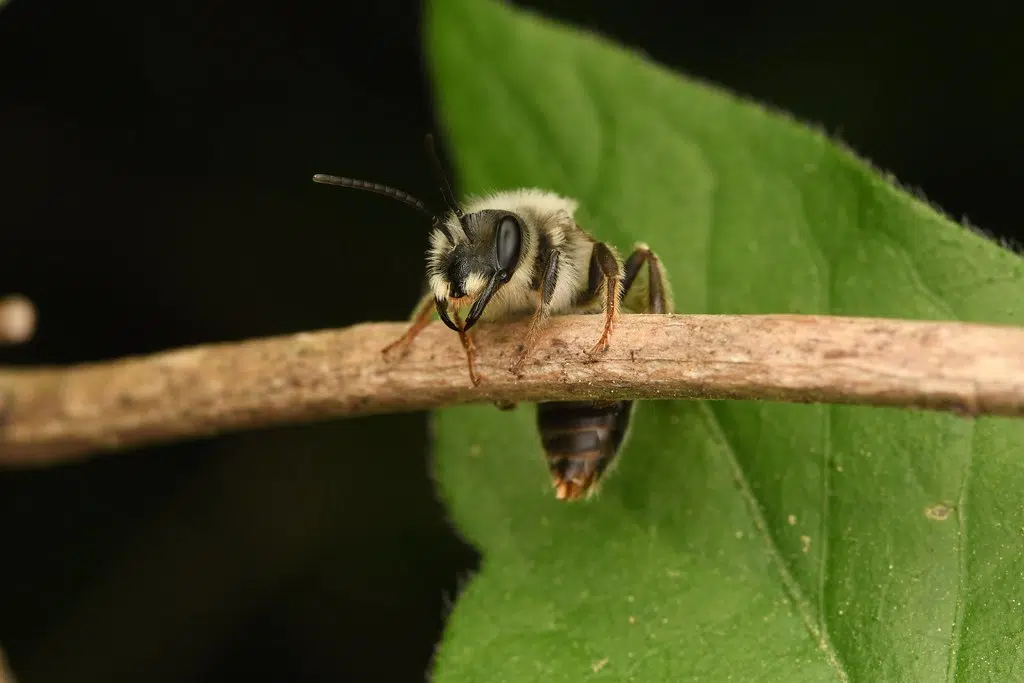Unveiling the hidden world of amphibians in quarries

Although often dismissed as lifeless scars on the landscape, quarries hide a surprising secret: they can be thriving havens for amphibians. These industrial sites can actually create unique environments where species like the Natterjack Toad and European Tree Frog find refuge. These landscapes offer the perfect conditions for amphibian lives to flourish.
Successional changes: key to amphibian habitats
Natural succession is the process by which ecosystems change and develop over time. Within quarries, it promotes the development of diverse habitats, ideal for various amphibian species. With time, sections of quarries are abandoned or reclaimed and undergo successional changes that lead to the creation of different vegetation types and water bodies. Early successional stages often feature bare ground and sparse vegetation, which can benefit species that require open, sunlit areas like the Natterjack Toad or the Yellow-bellied Toad.
As succession progresses, more complex plant communities develop, providing habitat diversity that supports a wider range of amphibian species. Gradually, quarries can become the homes to everything from the Common Toad, and the Great Crested Newt to even the Fire Salamander. This ecological evolution boosts biodiversity, supporting both amphibians and other wildlife that rely on these transitional habitats.

The vital role of fishless quarry ponds
Quarry ponds are ideal for supporting diverse amphibian species because they offer warm, sunlit habitats, free of fish. These ponds typically have larger semi-aquatic zones, receive more sunlight, and have less shoreline vegetation than natural ponds, creating warm water perfect for breeding, especially for threatened species like the Common Midwife Toad and European Tree Frog. The variety in pond depths and substrates further supports amphibian larvae and adults. Without fish, which are major predators of amphibian eggs and larvae, these ponds provide safe breeding grounds, crucial for maintaining healthy amphibian populations.
The conservation potential of quarries
Quarries, though often overlooked, provide a unique refuge for amphibians. Active quarrying regularly creates new and in particular temporary water bodies in wheel tracks or excavation depressions. These temporary ponds are particularly important breeding habitats for the Natterjack Toad and Yellow-bellied Toad, both suffering from significant population declines. Today, quarry ponds are often the last refuge for these species in our landscapes.

Climate change poses new challenges as well. Some temporary ponds dry out too early, hindering successful amphibian metamorphosis even for fast-developing species like the Natterjack Toad.
Today, many quarry reclamation plans propose filling, afforesting or flooding quarries after mining operations come to an end. But these measures should generally be avoided due to their negative impact on amphibians and other conservation-sensitive groups.
Through our partnerships with mineral extractive companies such as Sibelco, we can work together on the ground to protect these unconventional habitats that are key for biodiversity. BirdLife & Sibelco recommend creating additional ponds in quarries that retain water until the end of summer. Artificial ponds that can be drained to prevent the establishment of fish are another viable option. Additionally, in abandoned quarries, regular cutting and removal of shoreline vegetation should be implemented to maintain early-successional stages.
The work of conservationists and responsible industries, like Sibelco, shows that with thoughtful management, quarries can do more than just serve their industrial purpose—they can become lifelines for species teetering on the brink. As climate change continues to reshape our world, protecting and enhancing these hidden havens is more important than ever.
Cover Picture: Perez’s frog © Sibelco
You might also be interested in:
 | Stichting BirdLife Europe gratefully acknowledges financial support from the European Commission. All content and opinions expressed on these pages are solely those of Stichting BirdLife Europe. The European Commission is not responsible for any use that may be made of the information it contains. |









